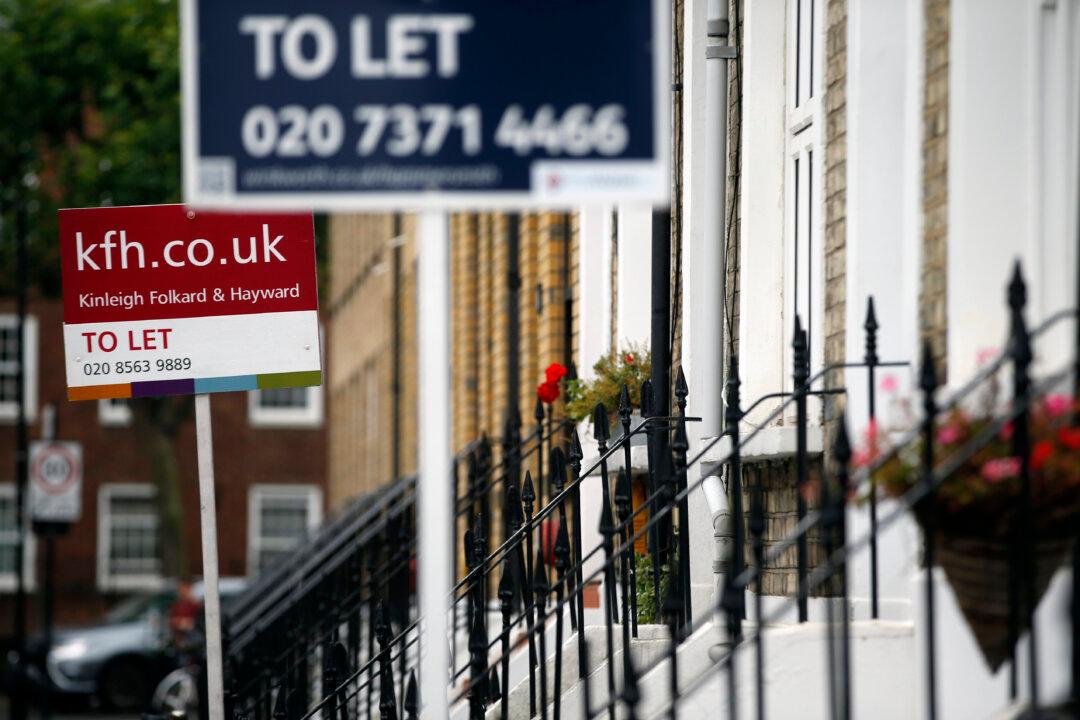Record net migration last year is one of the main drivers of rent price spikes, according to experts.
Meanwhile, the supply of rental housing stock has failed to respond to the population growth because of high interest rates, policy changes, and slow growth in home building.





